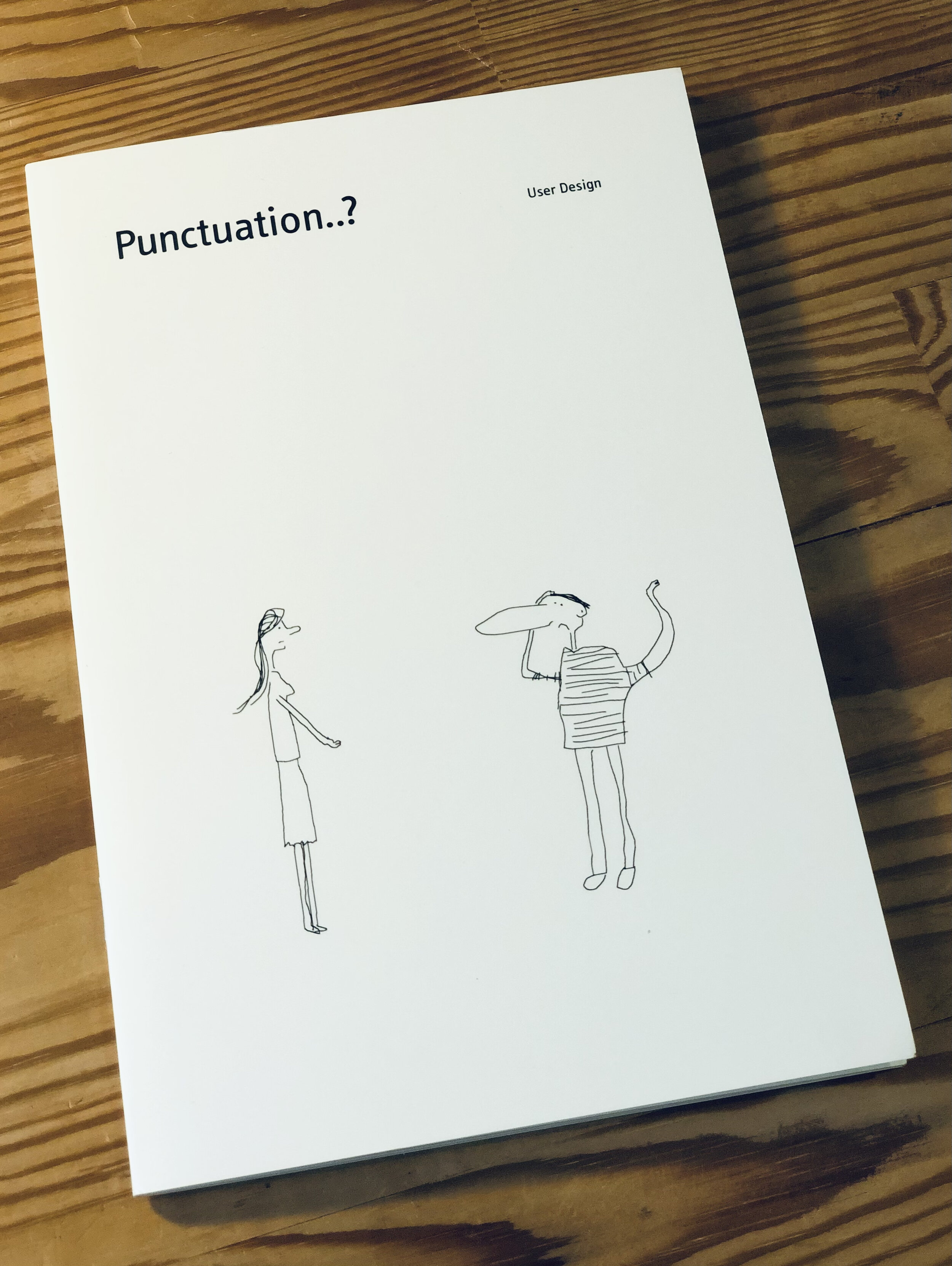So it looks like it’s just possible that the UK is finally on the way out of a long period of working from home—and for many of us, the added complexity of juggling the demands of managing a day-job online, alongside supporting children learning remotely.
If, like me, you have children of primary school age, you may have found yourself surprised by the ways in which you can’t help. Much like the mathematician and novelist featured in an article in The Guardian on 20th February, my husband (a senior school and university teacher in Mathematics) and I were both rather taken aback by the way our respective subjects were being presented to our nine-year old son.
Unnecessarily complex and rigid mathematical models often seemed to throw an otherwise enthusiastic and capable learner off track. Unhelpful at best, visual examples would often cause him to feel he simply couldn’t do the work—when in fact, the maths itself wasn’t the problem, rather the obscure and unyielding methods required.
the remote learning station: fully equipped with tablet, exercise book, school resources, and—of course—a cat.
Similarly, in literacy lessons, the naming of parts reduced not just my son but quite often his mother to a ball of frustration. Working with words every day of my adult life, I discovered that, apparently, knowing how to construct an engaging and dynamic sentence was less important than a detailed understanding of brackets, the present perfect tense, and expanded noun phrases.
Fortunately for us, my child’s school is staffed by creative and passionate teachers, who support the vagaries of the national curriculum with a steady array of enjoyable and engaging learning, including opportunities for unstructured writing and reading for pleasure. Thank goodness!
Grammar is important, and clear communication is vital. But coherent, persuasive writing is more than just nuts and bolts, and much of its art comes from a combination of long practice and the instinctive use of language. I have various books on grammar, which I consult from time to time, and I am loathe to be casual about the technicalities of text—but my experience of reading and writing is that deliberate practice in drafting and editing is far more valuable than the ability to identify the proverbial fronted adverbial.
The nerd in me, however, does love a good bit of punctuation—and I enjoyed the whimsical illustrations which accompanied Punctuation..?, the short handbook by User Design, Illustration and Typesetting, sent to me for review. Stationery lovers would relish the crisp quality of the paper and print, and generous layout of the text, which created a clear and easily digestible interface for the reader. I particularly appreciated the dashes and apostrophe definitions, which were clear and helpful—amending hyphens to em-dashes seems to be a Sisyphean task for a copy editor…
Whilst never claiming to be a comprehensive punctuation bible, this is a short, gently amusing and helpful overview of the key pieces. Its ideal audience, in my sphere of influence at least, would be native English speakers aiming to secure their understanding of particular parts of punctuation for formal/academic writing, especially GCSE, A Level and university students.
And after the year we’ve all just had, what could be better than allowing our tired eyes a rest from the screen, and augmenting that hard-pressed remote learning with an actual book?




